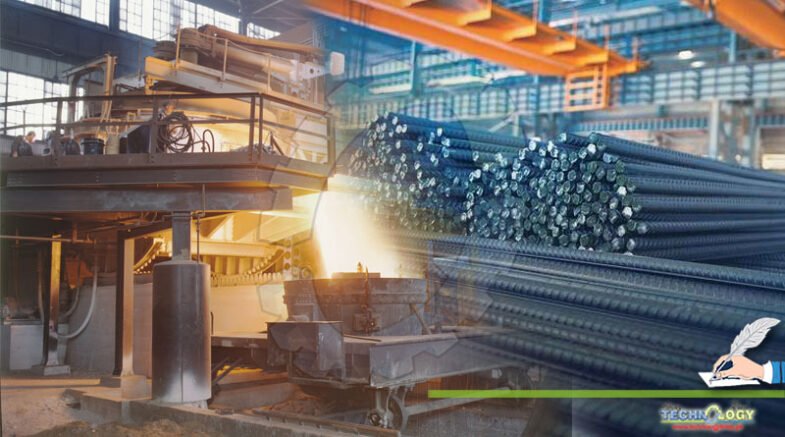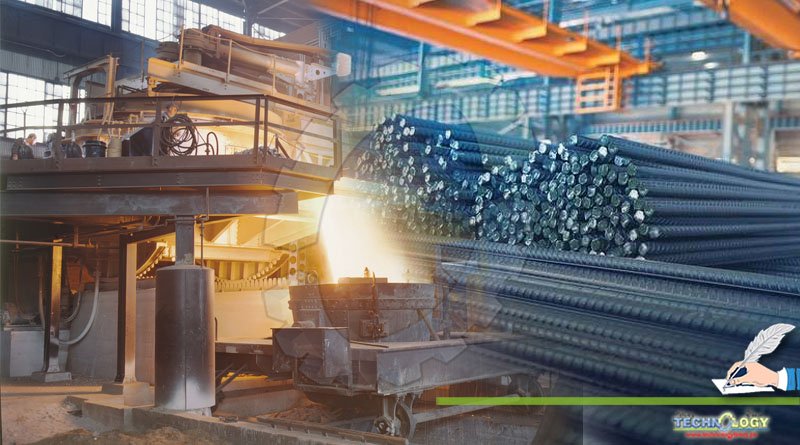The properties of carbon steels are mainly due to the element carbon. These properties of types of steel can be varied significantly by simple mechanical, thermal and surface treatments.

In general definition, steel is an alloy of iron, carbon (under 2% C). It consists of other alloying elements that are capable of being hot or cold deformed into various shapes.
Generally, Engineers classify carbon steel and its low-alloys based on the compositional parameters. The High Alloyed steels such as stainless steels, wear-resistant or high-temperature steels are categorized on the basis of different systems, involving Microstructure, Composition, Application, or Industrial Requirements.
1. Plain carbon steels
Steel containing less than 1.65 per cent manganese, 0.60% copper and 0.60 per cent silicon and without the addition of any specified element is referred to as plain carbon steels. It is also called carbon steel. The properties of carbon steels are mainly due to the element carbon. These properties of types of steel can be varied significantly by simple mechanical, thermal and surface treatments.
2. Classification of carbon steels
Furthermore, Plain carbon steels can be divided into various types of steels based on carbon content, applications, and steel manufacturing methods.
2.1 Based on the carbon content
- Low carbon steels (carbon < 0.30%),
- Medium carbon steels (0.30% < carbon < 0.60%),
- High carbon steels (carbon > 0.60%),
- Hypo-eutectoid steels (carbon < 0.80%),
- Eutectoid steels (carbon = 0.80%),
- Hyper-eutectoid steels (carbon > 0.80%).
2.2 Based on Applications
Based on applications, types of steel may be classified as constructional steels, tool steels, etc. These steel can further be subdivided based on specific applications, e.g. rail steel, spring steel, boiler steel, sheet steel, cold heading steel, API Steels, etc.
2.3 Based on Manufacturing Techniques
Steel manufacturing technique has a high impact on the attributes and quality attains. This classification is not popular nowadays due to advancements in steelmaking technology. Earlier, based on steelmaking methods, steels were known as acid Bessemer steel, open-hearth steel, electric steel, and L.D. steel, etc.
3. Alloy Steel
Alloying Steel is an old known method that consist of adding traces of alloying elements either metals except carbon e.g. Aluminum, Silicon, Copper etc. The basic reason of addition of alloying elements is to attain properties not present in traditional types of steel. Alloy steels are an important and cost-effective need of industry due to ease of availability, processing and effective material properties.
The Steel considers being an alloy when the total percentage range of one or more of the elements such as 1.65 Mn, 0.6 Si or Cu increases. The properties of alloy steels depend upon both carbon and the alloying elements, nature and amount of alloying elements. Alloying elements not only minimize the limitations of plain carbon steels but also impart specific characteristics such as corrosion resistance, oxidation resistance, magnetic and electrical properties.
Alloy steels can be classified based on various parameters:
3.1 Amount of alloying elements
Additionally, On this classification there are three types of alloy steels:
- Low alloy steel contains up to 5% total alloy content.
- Medium alloy steel contains total alloy content from 5-10%
- High alloy steel exceeds total alloy content 10%
3.2 Principal alloying Elements
Basically, Based on the principal alloying elements, alloy steel can be classified as:
- Nickel steel
- Chromium steel
- Chromium-Nickel steel
- Nickel Chromium Molybdenum steel
- Nickel Chromium Vanadium steel
4. Applications of Steels
Further, Based on the applications, alloy steels can be classified as:
- Spring steels
- Bearing steels
- Corrosion-resistant steel
- Creep resistant steel
- Cryogenic steel
5. Microstructure of steel
Moreover, Based on the microstructure, alloy steels can be classified as:
- Pearlitic steels
- Ferritic steels
- Martensitic steels
- Austenitic steels
- Bainitic steels
There are various other types of steel as per the requirement or Trade Market (™) names.
Source API Steels
